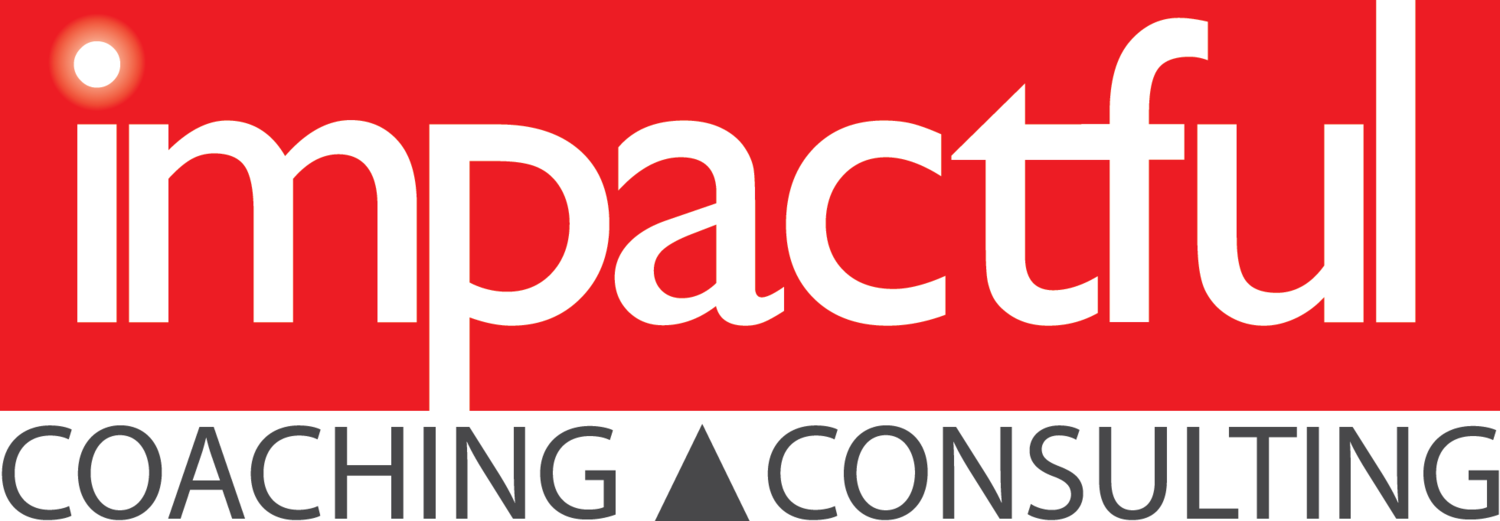At a recent networking event, I watched two very different approaches unfold. One attendee worked the room quickly, handing out business cards and delivering the same 30-second pitch to everyone he met. The other sat down with just a handful of people, asked thoughtful questions, and really listened to their answers. By the end of the event, the first person had a stack of cards—but little else. The second had made genuine connections, swapped stories, and even scheduled follow-up meetings.
This is the difference between surface-level networking and maximizing conversations. The real power of networking lies not in the quantity of interactions, but in the quality of conversations. A single, meaningful exchange can lead to opportunities that a dozen shallow interactions never could.
Read More










